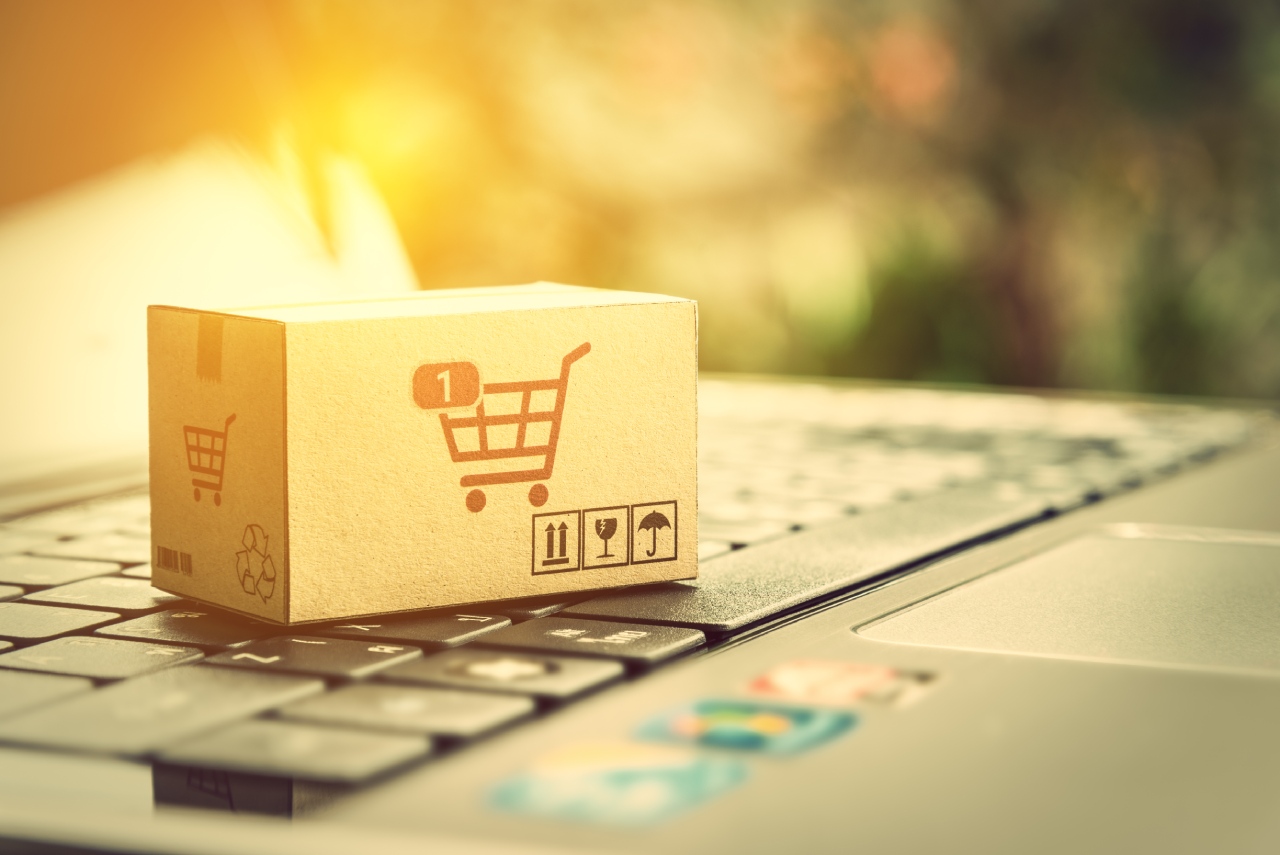When it comes to e-commerce, business is expanding, aided by the influence of COVID-19 as a new wave of online enterprises has emerged. Some are new, while others are a pivot to survive. There are various ways through which your e-commerce business can grow in this fast-growing and competitive market.
⦁ Social Media Posting
Facebook and Instagram are essential for publicizing product promotions or special deals; therefore, you must have a strong presence on these platforms with a business profile. Every day, one can post. Consistency is vital since it establishes your e-commerce business in the thoughts of your target customer. Spread your e-commerce business throughout all social media sites, including Facebook, Instagram, Twitter, and LinkedIn, to maximize your reach.
⦁ Personalization Of Consumer Experience
A one-size-fits-all approach to your e-commerce business is no longer acceptable! Instead, focus on making your customer’s experience as unique as possible. Personalization of content allows each visitor to your e-commerce site to view a page suited to them, such as product recommendations or favorites. However, for effective personalization, a considerable amount of data is required. Try to have information about his location, gender, age, time of visit, and hobbies. Creating your personalization roadmap entails a wide range of technologies.
⦁ Mobile Optimization
With mobile devices accounting for 59 percent of e-commerce transactions and smaller merchants earning a 30 percent greater mobile conversion rate than larger businesses, an optimized mobile experience is critical. Make your website mobile responsive so that it adapts to multiple device sizes automatically. Conduct quality assurance (Q.A.) testing to ensure that buttons are easily clickable, content appears appropriately, and simple scrolling. To improve the consumer experience, automate the browsing, search, and checkout processes with auto-fill suggestions.
⦁ Work With Influencers And Celebrities:
By collaborating with influencers having thousands of fans who look to them for guidance and product suggestions, you can enhance the exposure of your e-commerce brand and build your business. Find industry influencers and collaborate with them to generate content that they can share to boost sales. Remember that you will have to pay them a commission or charge. But the increased visibility and sales should be more than compensate for the expense.
⦁ Google Shopping Or Google Ads:
Because Google Shopping is a comparative search engine, it can help you get your products in front of customers. The best part is that they are also visually appealing. A Google Shopping ad has a product image, price, and name of your company or store. When a customer searches for a product on Google, if your product description matches the search criteria, it will appear in front of the customer. Charges are made when someone clicks on one of your Google Shopping advertisements.
⦁ Omnichannel Marketing:
Omnichannel means”all channels,” and it refers to the process of simplifying all of your marketing activities. It emphasizes providing a unified, seamless customer experience regardless of whether your consumer is purchasing from a mobile device, a laptop, or a tablet. For example, when visiting your website on the browser, a consumer may add a product to their shopping cart. They become distracted and do not return to your e-commerce site until they surf on their mobile device later. Instead of the customer starting the process, omnichannel marketing allows you to ensure that they can continue with their purchase without repeating the procedure.
These e-commerce strategies have all been tried and tested. Some will bring rapid successes, while others will deliver long-term success. By monitoring your customer and sales statistics regularly, you can keep your audience in mind and learn how they respond to different tactics. You will rapidly learn which techniques perform best for your company and which you should avoid.









